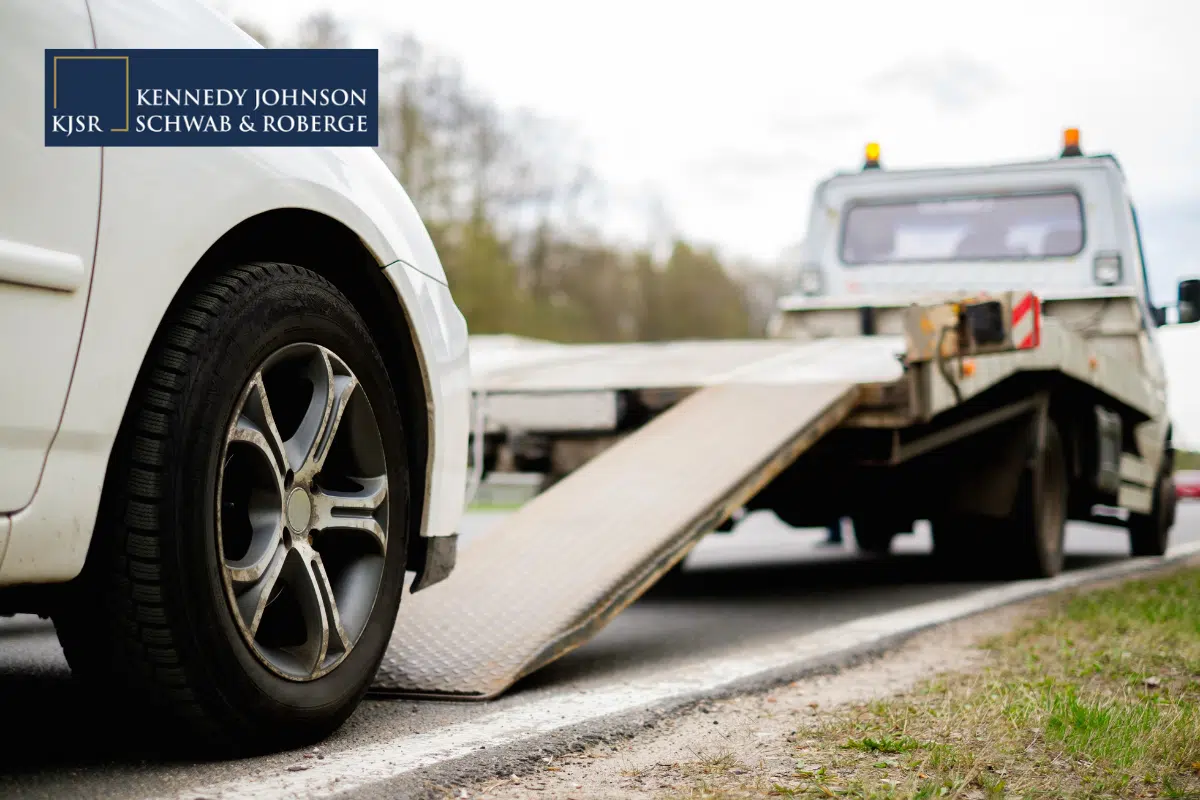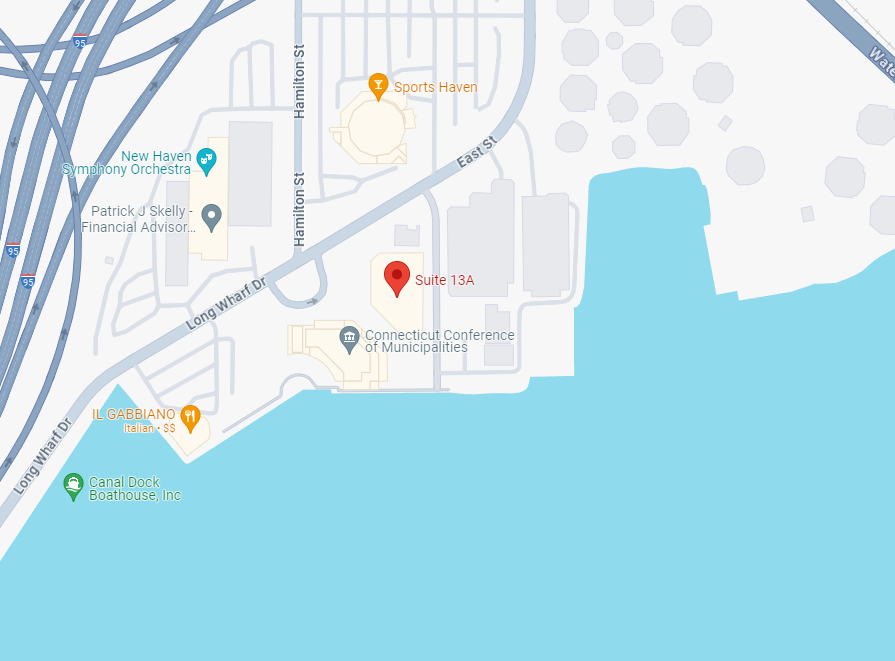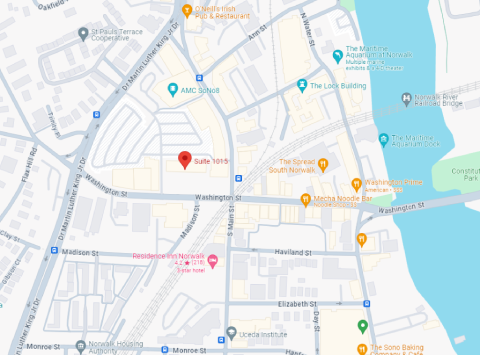If you have been the victim of an auto accident in Connecticut, you may be confused about your legal options and the laws that will affect them. Connecticut auto accident attorneys can help explain the laws that may affect your case and inform you of your rights.
What Are the Must-Know Auto Accident Laws in Connecticut?
Two of the most common Connecticut auto accident laws outline how long you have to file a motor vehicle accident claim and how your actions may affect your case.
These critical car accident laws are 1) the statute of limitations for filing an auto accident claim and 2) Connecticut’s comparative negligence law.
Statute of Limitations for Filing an Auto Accident Claim
Connecticut’s statute of limitations for filing a car accident claim is two years from the date that the injury was sustained, discovered, or should have been discovered.
This is one of the reasons it is so important to have a thorough health checkup soon after an auto accident, even if you feel unharmed. You may have sustained injuries that will lie dormant for some time before arising.
The court may decide that you should have discovered the injuries from your car crash earlier. Also, your statute of limitations may expire before you have an opportunity to receive compensation for your damages.
The sooner you can file your auto accident claim, the better the chance that your statute of limitations will not expire before you receive justice for your injuries.
Comparative Negligence Law
Connecticut’s comparative negligence law defines the state as a modified comparative fault state. This means that you can receive compensatory damages for your loss, even if you were partially responsible. Technically, as long as the court finds you 50% or less at fault in the accident, you may be able to recover damages.
This is good news for victims of car accidents in Connecticut, whether you were the victim of a hit-and-run driver or a standard car crash. Some states are contributory negligence states, which means if you were at all responsible for the accident, even one percent responsible, the law would bar you from recovering any damages.
It is common for both parties in an accident to hold some responsibility for a car crash. Connecticut’s laws recognize that and weigh the fault that each party is responsible for. The more at-fault driver may have to pay damages to the less at-fault driver. The more at fault the victim is, the less compensation they can expect to receive due to their contribution to the crash.
Making Sense of Connecticut's Auto Accident Laws
Connecticut auto accident laws can seem confusing at first. However, they can be broken down into three main areas:
- Statute of limitations and auto insurance claims
- Connecticut’s at-fault principle
- Auto insurance is key
Statute of Limitations Doesn't Apply to Auto Insurance Claims
Although the statute of limitations for motor vehicle accidents limits you to two years, this deadline does not apply to auto insurance claims. There is no set deadline for filing insurance claims among insurance companies. Instead, the rules vary from one insurance company to another.
If you failed to file your auto insurance claim within the two-year limit, you might still be able to collect money from your claim. It is best to contact experienced auto accident attorneys to discuss the details of your case. They can best advise you of your legal rights and options.
Each insurance policy is different. Check with your policy to understand how they set their deadlines. In some cases, insurance adjusters claim the right to deny your claim if it is not filed within a reasonable amount of time. Since the term ‘reasonable amount of time’ is vague, you may be able to challenge an insurance claim denial on this basis.
Connecticut Isn't a "No-Fault State"
Connecticut is not a no-fault state, which is another key point to auto accident laws. A no-fault state means that each driver’s insurance company will pay for their respective medical expenses, regardless of who caused the wreck. Only twelve states are classified as no-fault states.
The opposite of a no-fault state is an at-fault state, sometimes called a tort state. An at-fault state means the party who causes the crash is also responsible for paying for the damages caused, such as:
- Property damage
- Medical expenses
- Loss of income
- Pain and suffering
For innocent victims in Connecticut, the state’s at-fault status means a negligent driver who injured you could be held accountable for your injuries and losses. If you take your claim to court, you may be able to receive compensation for your damages.
Investing in Insurance Coverage Is a Must
Connecticut drivers must invest in car insurance. Connecticut laws require drivers to have liability coverage. If you are responsible for an accident, your insurance must be able to pay for the injuries and property damage you caused.
Connecticut also requires all drivers to carry uninsured/underinsured driver coverage in case the other party has inadequate insurance to cover the costs associated with the accident. In Connecticut, the minimum auto insurance policy must include the following:
- $50,000 total per accident for uninsured or underinsured drivers
- $50,000 total per accident for bodily injury coverage
- $25,000 total per accident for uninsured or underinsured drivers
- $25,000 per accident, per person for bodily injury coverage
- $25,000 total in property damage
If You've Been in a Traffic Accident, Here's What to Do Next
If you’ve been involved in an auto accident, there are a few things you should do to ensure you are properly taken care of. Health and safety are a top priority, so first, check for injuries and call the local police. Next, you should exchange information with the other driver and gather witness information from any bystanders who saw the crash happen. Get the names and contact details of anyone who witnessed the event.
While you are gathering information, be sure to stay calm. Do not admit any fault in the accident, even to be polite. Also, try to avoid arguing with the other driver. Calmly give the accident details to the police and later to your attorney.
If possible, you will also want to take photographs and videos of the accident scene before the vehicles have been moved. Use your phone to document the location of the vehicles and the damage caused by the crash.
Next, you will want to file an accident report, contact your insurance company, and speak with experienced Connecticut auto accident lawyers. The law firm of Kennedy, Johnson, Schwab & Roberge, P.C. expertly manages auto accident claims for our clients. Contact us to schedule your free consultation today.





